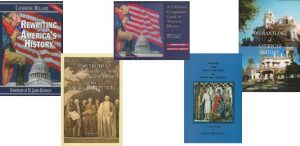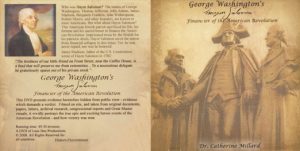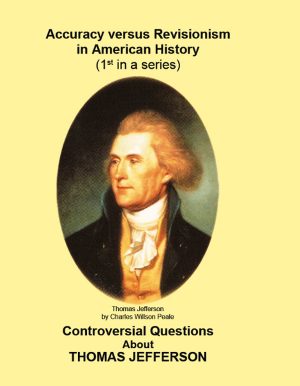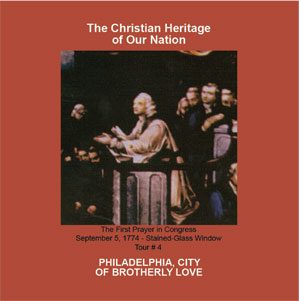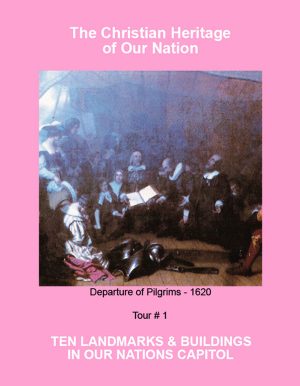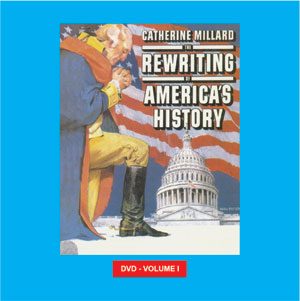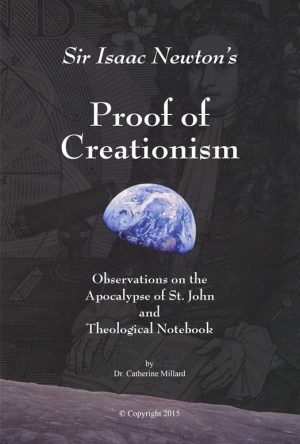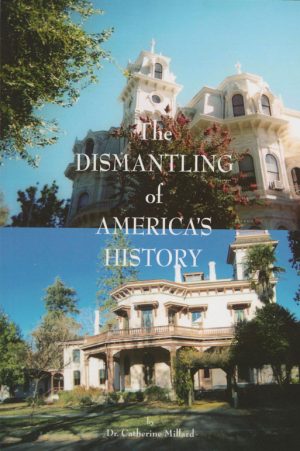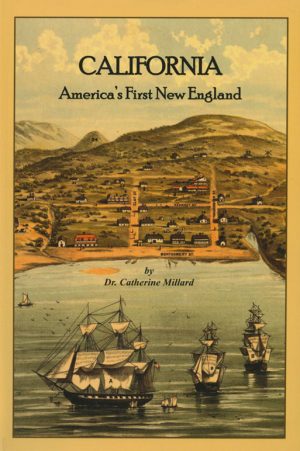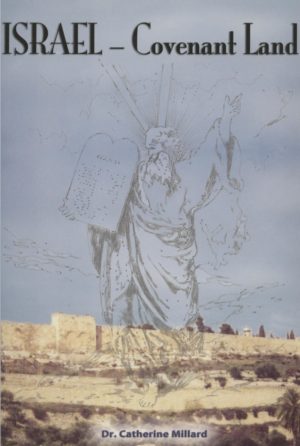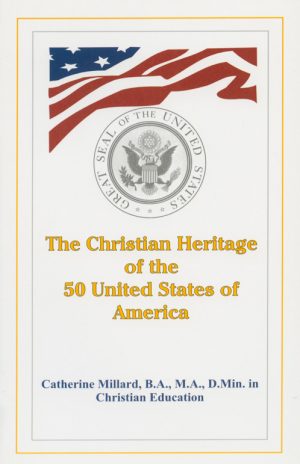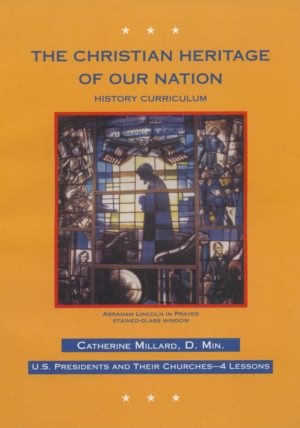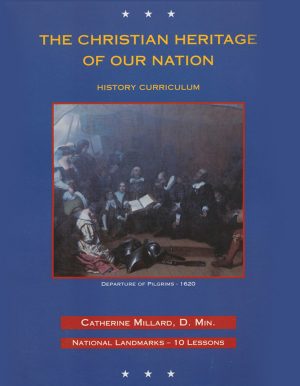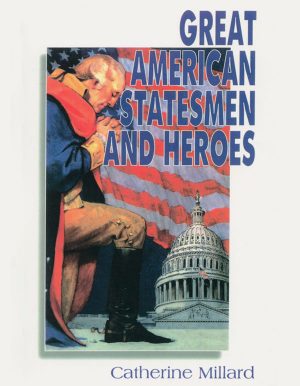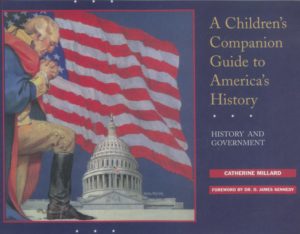Jason Lee came from sturdy New England ancestry. His grandfather, John Lee, left England for America in 1734, becoming one of the early settlers near Cambridge, Massachusetts. Jason’s father, Daniel Lee, enlisted in the Wadsworth Brigade, reinforcing General Washington in and around New York City, and taking part in the battle of White Plains in 1776. 1
Loss of his father at Age 3, Self-supporting at Age 13
Daniel and Sarah Lee’s log house in Stan stead, Vermont, saw the birth of their son, Jason, on June 28, 1803. He was the youngest of fifteen children – nine boys and six girls. Jason’s father died when he was only three years old, and the boy had to become self-supporting at age thirteen. Having received his early education in the village school of Stan stead, Lee expressed himself thus: “I was brought up to hard work and have seen the day when I could chop a cord of sugar maple in two hours.” 2
Jason Accepts Jesus Christ as his Lord and Savior
Lee accepted Jesus Christ as his Lord and Savior through a Wesleyan missionary in 1826, relating his conversion in his diary with this entry, “I saw, I believed, I repented.” 3
A Classmate describes Lee’s Life of Prayer,
His Dependence upon God’s Holy Spirit and the Bible
Lee continued working with his hands until 1829, when he entered Wilbraham Academy, a Methodist institution in Wilbraham, Massachusetts. The following is a character sketch left for us by one of his classmates, Bishop Osman C. Baker:
Jason Lee was a large, athletic young man, six feet and three inches in height, with a fully developed frame and a constitution like iron. His piety was deep and uniform, and his life, in a very uncommon degree, pure and exemplary. In those days of extensive and powerful revivals, I used to observe, with what confidence and satisfaction, seekers of religion would place themselves under his instruction. They regarded him as a righteous man whose prayers availed much; and when there were indications that the Holy Spirit was moving in the heart of the sinner within the circle of his acquaintance, his warm Christian heart would incite him to constant labor until deliverance would be proclaimed to the captive.4
Lee, the Educator and Preacher
After graduation at Wilbraham in 1830, Jason served as a teacher in the Stan stead Academy, preaching in the neighboring towns until time came for him to go to Oregon…Great crowds listened to him deliver the gospel of Jesus Christ.5 One of these meetings was held at Lynn, Massachusetts. The Zion Herald published the following excerpted account of this meeting:
Last Sabbath evening there was…an address by Reverend Jason Lee, missionary to the Flat Heads. It was one of the most pleasant meetings ever held in Lynn, of a missionary character. Long before the time appointed to commence, the house was thronged to overflowing, and the audience hung upon the lips of the speaker with such an interest that it could not be mistaken. The collection did honor to Lynn; it amounted to $100.00. 6
Jason Lee’s Missionary Expedition Sets out to Oregon
On Monday, April 28, 1834, the missionary expedition to Oregon, led by Nathaniel Wyeth, set out from St. Louis, Missouri. Lee was accompanied by four missionaries. He preached “the first formal Protestant religious observance to be held in the vast interior west of the Rocky Mountains at Fort Hill, on July 27, 1834.” 7 Lee and his companions continued to Fort Boise, escorted by Thomas McKay and his Hudson’s Bay Brigade. From there they continued alone to Fort Walla Walla, where they arrived on September 15, 1834, being warmly welcomed by Dr. John McLaughlin. With the latter’s help, they established their mission on the east bank of the Willamette River, just north of Salem.
Jason Lee’s Concern and Burden for Oregon
Lee’s concern for more settlers to come to Oregon led him back to New York on March 26, 1838. Thirty-six Americans, including the missionaries, had signed the petition he bore with him. This paper, dated March 16, 1838, urged “the United States to take formal and speedy possession,” of Oregon. It was presented to the Senate on January 28, 1839 by Senator Linn, showing Lee’s profound interest in the future welfare of Oregon. 8
In New York, he impressed the Board of Managers of the Methodist Church Missionary Society of the dire need for more missionaries to Oregon. Sent out by the Board, Lee spoke to crowded houses on the East Coast and Canada. In Hartford, Connecticut, “hundreds went away unable to gain admittance into the church,” thousands being informed about the importance of Oregon joining the union.9 As a result of his preaching, fifty-one missionaries sent out by the Missionary Society, arrived in Vancouver on June 1, 1840.
As is the case with many great missionaries, preachers and evangelists of the past, false charges were made against this man of God. Many of these charges came from those who were dissatisfied with the settlement in Oregon. Consequently, Lee traveled to New York, appearing before his board from July1-10, 1844, and was cleared of all charges. However, the Board having already appointed his successor, it was too late for Jason Lee to return to the Oregon mission field. 10
An Oil Painting of Jason Lee Memorializes his Life and Deeds
On October 26, 1920, an oil painting of Lee was presented to the state of Oregon. It was painted by Mr. Vesper George of Boston, Massachusetts, the funds having been given by the Methodist Episcopal Church…Thomas A. McBride, Justice of the Oregon State Supreme Court, gave this eulogy at its unveiling in the Oregon State Capitol:
The precious jewel of a Commonwealth; the one thing above all others which it would treasure, and the memory of those grand and self-sacrificing men and women who laid the foundations of its greatness and prosperity. One of these treasured memories, is the life and work of Jason Lee, the founder of American civilization in Oregon…Lee combined the fervor of a missionary, the foresight of a seer, and the patriotism of a loyal citizen.11
Governor of Oregon, Ben Olcott, accepted the portrait for the people of his state, with these stirring words:
Unhesitatingly I say that Jason Lee was Oregon’s most heroic figure. By every right of achievement, by every right of peaceful conquest, this portrait of Jason Lee should adorn the halls of the Capitol building in our state, as long as those Capitol buildings stand.12
The United States House Joint Resolution No. 1, agreed to by the Senate on February 16, 1921, accepted Oregon’s choice of Reverend Jason Lee as their State’s greatest hero, giving a place of honor in the U.S. Capitol Hall of Fame.13
Jason Lee’s Blueprint to Life
Interestingly enough, Jason’s blueprint to life is in his left hand. It is none other than the Bible – God’s holy Word – the source of his greatness…
To learn more, click here.
______________________
Bibliography:
1
Barker, Burt Brown. Oregon, Prize of Discovery, Exploration, Settlement. Salem: State Printing Section, 1952, p. 33
2
Ibid.
3
Ibid., p. 34.
4
Ibid.
5
Ibid.
6
Ibid., p. 37.
7
Ibid.
8
Ibid. pp. 35-36.
9
Ibid., p. 36.
10
Ibid., p. 37.
11
Ibid., p. 38.
12
Ibid.
13
House Joint Resolution, No. 1., concurred by the Senate, February 16, 1921. Adopted by the House of Representatives, February 11, 1921. U.S. Congress, Washington, D.C.
